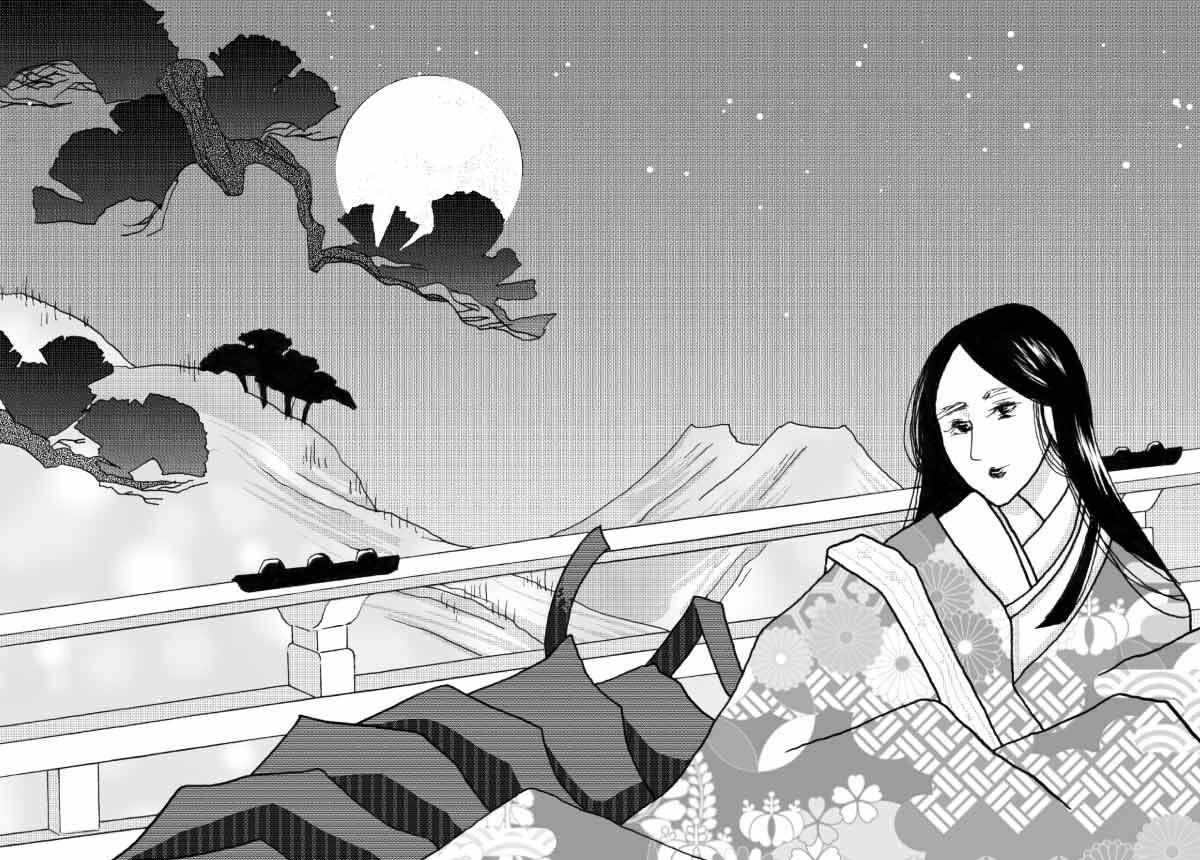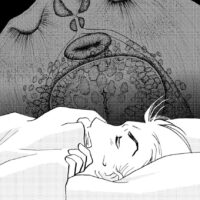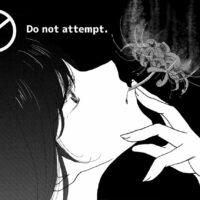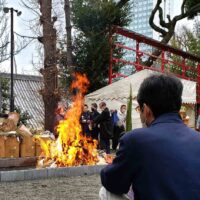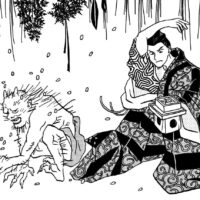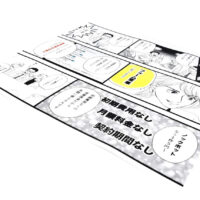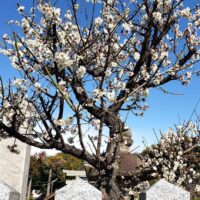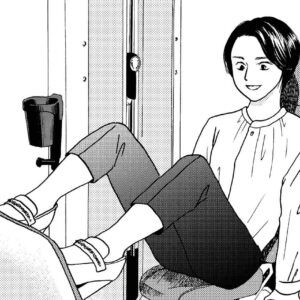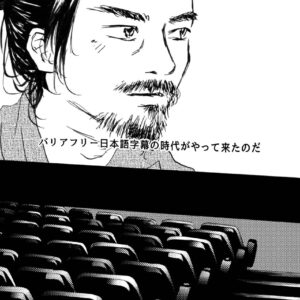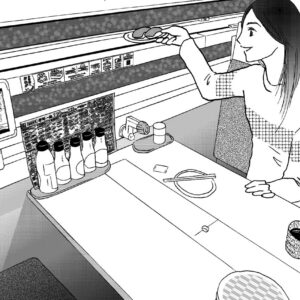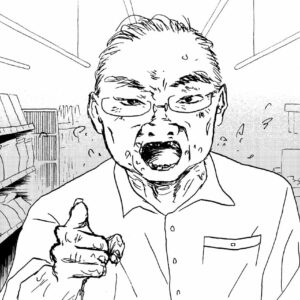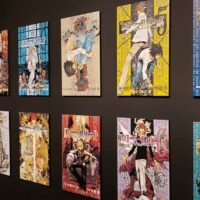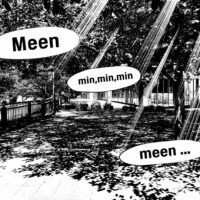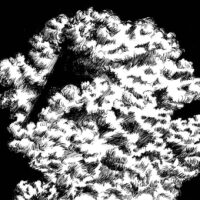In Japan, there is a custom to view the beautiful and bright moon around September, when the sky is clearest of the year. It is called “Otsukimi” (moon viewing). Originally from China, it’s an event to share the joy of a successful harvest and to give thanks.
And during the moon viewing season, many products using “dango (rice dumpling)” and “sunny-side up eggs” are sold. They resemble a round full moon. McDonald’s Japan sells “Tsukimi Pie” with dumplings and Anko (sweet bean paste) inside and “Tsukimi Burger” with a fried egg in a hamburger.
This month’s full moon was on September 10.



